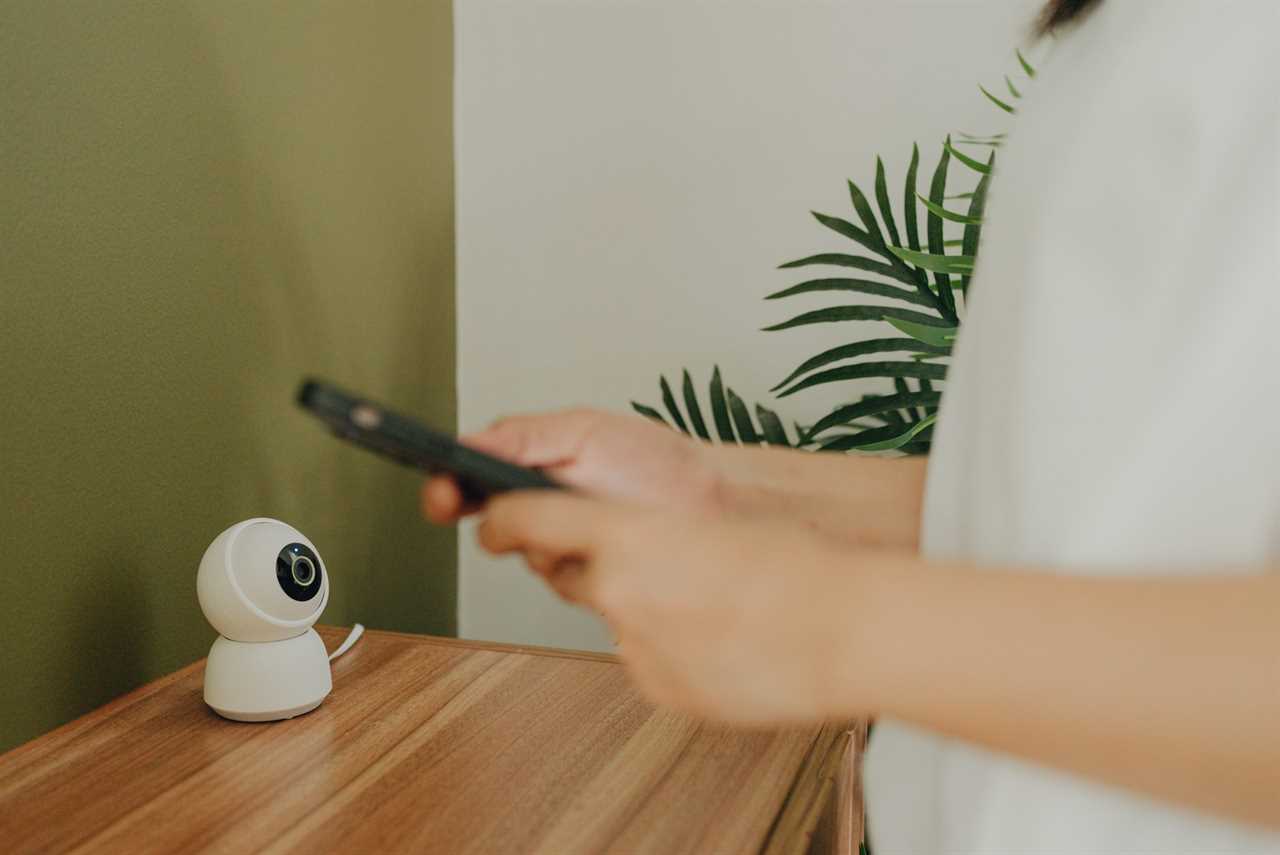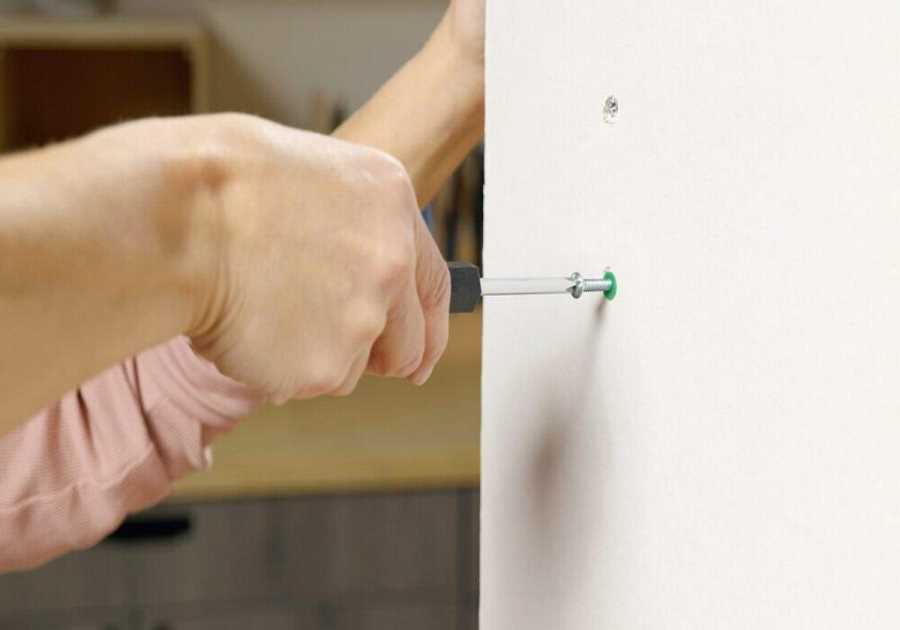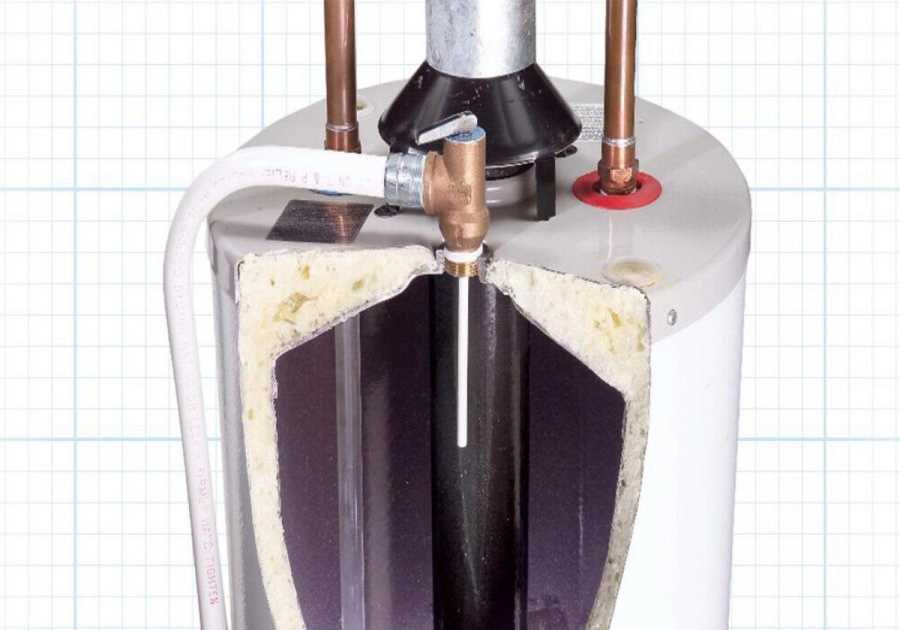As a security and safety expert, I’ve tested just about every big-name smart security system on the market. The best ones can be costly, so you need to consider the options carefully. Here, I’ll help you decide if a smart home security system is right for you.
What Is a Smart Home Security System?
Many companies advertise their security systems are “smart.” What this means varies from brand to brand, but it usually means the system can be paired with smart devices. Most qualify as smart security systems because they can be controlled remotely by an app on your phone.
Many systems go a step further. Some can be armed via voice commands through Amazon Alexa, Google Assistant or Apple’s Siri. Others can be added to smart device routines. With Alexa, you could set up a routine where the security system automatically arms when the smart lights on your porch turn on at dusk.
The History of Smart Home Security Systems
Home security systems are nothing new. But as time progressed, security systems have gotten smarter.
In 1874, the first home security company American District Telegraph (ADT) was founded. Its “Roundsmen” visited customers’ homes at night to prevent thefts. Not long after its founding, ADT created telegram call boxes so customers could contact the company for assistance. In the 1920s it invented the first monitoring center, allowing customers to telephone for help night or day.
In the 1960s, a nurse named Marie Van Brittan Brown invented the first camera-based security system in Jamaica, Queens. Though never put into production, it inspired modern security systems and has been cited in 35 U.S. patents. This system was also the first to propose a way to open doors remotely.
In 2012 Jamie Siminoff created a “doorbot,” basically a video security camera mixed with a doorbell. With it, you could check your smartphone to see who was at your door. This evolved into the Ring Video Doorbell, leading to other home security devices with smart functions.
Common Terms
Let’s look at some basic terms you’ll come across when you’re buying a smart home security system.
Arming, Monitored and Unmonitored
When most people think of a home security system, they picture a keypad that calls the police when a code isn’t entered. While a keypad is the heart of a security system, these smart systems are a little more complicated than that.
A security system consists of sensors that detect motion, movement or sound. These sensors send information to the hub of the system (the keypad or touchscreen display). What the hub does next depends on whether the system is armed and/or monitored.
Arming a system means if the sensors detect a human in the house, the hub will react. If it’s a monitored system, the keypad or hub will call a monitoring center if the correct code isn’t entered within a certain amount of time. The monitoring center will then call the owner. If the owner can’t be reached, the next call goes to local authorities.
Unmonitored systems send a text message and/or push notification to the owner to let them know of a possible intrusion. From there, the owner can investigate or call the authorities themselves.
People often opt for unmonitored systems because they worry about false alarms. Unmonitored systems are also less expensive since there isn’t a monthly monitoring fee. Monitored systems, though, offer the reassurance that if you can’t call for help, someone will on your behalf.
DIY Vs. Professional Installation
While shopping for a home security system, you’ll see DIY often mentioned. DIY systems are ones that you install yourself. These are often less expensive than professionally installed systems. You can expect to pay $75 to $100 for professional installation.
While many don’t advertise it, most DIY home security companies offer professional installation. Be sure to ask their customer service department if it’s available.
Typically, DIY systems are really easy to install. All you need is a drill, your phone and a couple of hours to set everything up. Here’s our DIY installation guide to help.
Pro installation is often helpful if you don’t feel confident pairing your smart devices with your security system. The installer can help you pair them and even set up some routines.
Components of a Smart Home Security System

Now let’s look at all the components you can choose for your smart security system.
Sensors
Sensors are the most important part of a home security system. With these, you can tell what’s going on in every area of your home, and even set up routines to better manage your life. Here are some common types of sensors:
- Glass break sensors detect someone breaking a window.
- Tilt sensors, added to garage doors, notify you when the door is opened.
- Motion sensors are often placed around doors and in hallways.
- Flood sensors detect water on floors. They’re handy for alerting you to a leaky faucet or overflowing washer.
- Fire and smoke sensors/detectors let you know if there’s a fire in your home. Notifications pushed to your phone are particularly helpful for those with trouble hearing alarms.
- Window/door sensors detect if one of these has been opened.
Cameras
Security cameras on smart systems do more than just video your home and yard. Advanced smart features add an extra level to your security.
-
Two-way talk features let you to talk to the person via the security system app. There’s no need to get close to potential threats with this feature.
-
Built-in sirens or security lights can activate when motion is detected, or manually by the app.
-
Push notifications send alerts to your phone when the camera “sees” movement.
Smart accessories
Most security system brands offer smart home devices beyond sensors and cameras. Some accessories you can choose from include:
- Smart door locks;
- Doorbell cameras;
- Smart thermostats;
- Smart garage door openers;
- Smart medical alert items.
Do I Need a Smart Home Security System?
Generally, yes. And it’s not just about keeping your home safe from thieves. Here are some reasons why even a person living in the safest place in the world may want a smart security system:
-
Many insurers offer discounts on home policies if you have a security system. Contact your agent to see if your provider offers discounts.
-
Smart cameras are super useful. You can put one in your kid’s play area and watch them through the app while you cook dinner. You can also keep an eye on your pet while you’re at work, and even talk to them.
-
They make living at home longer a possibility for seniors. Medical alert accessories make calling for help easy, and smart cameras can be used to unobtrusively check on grandparents. (Be sure to get their permission first.)






